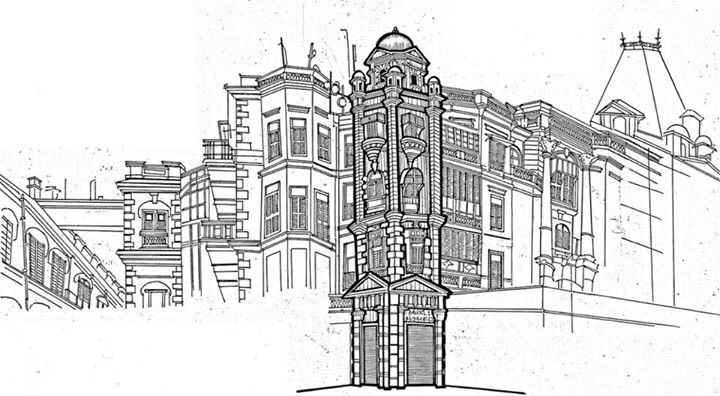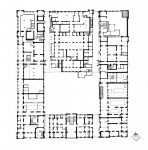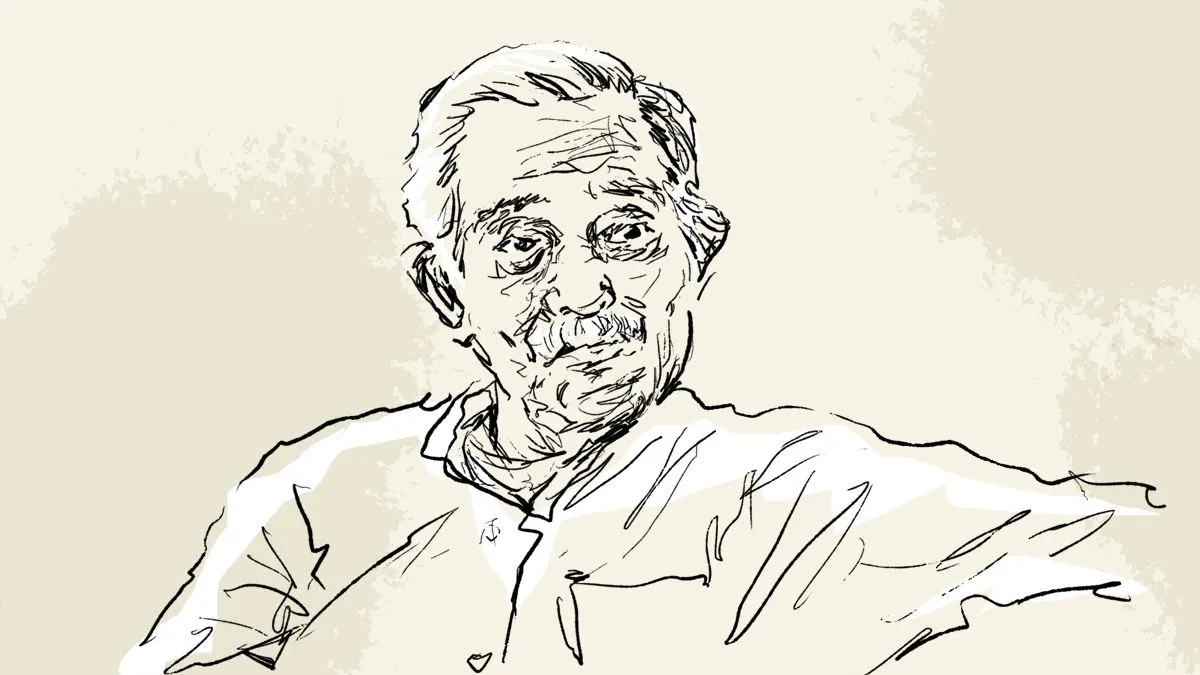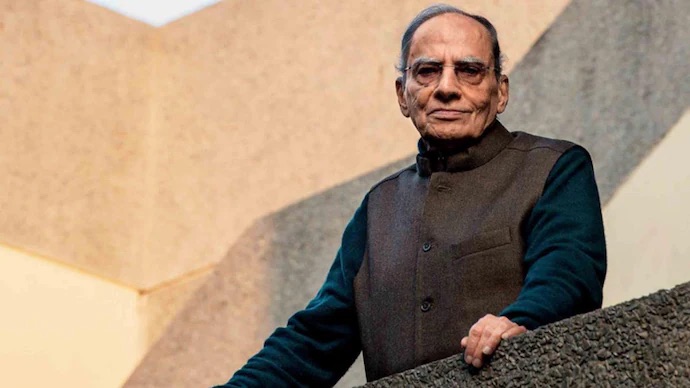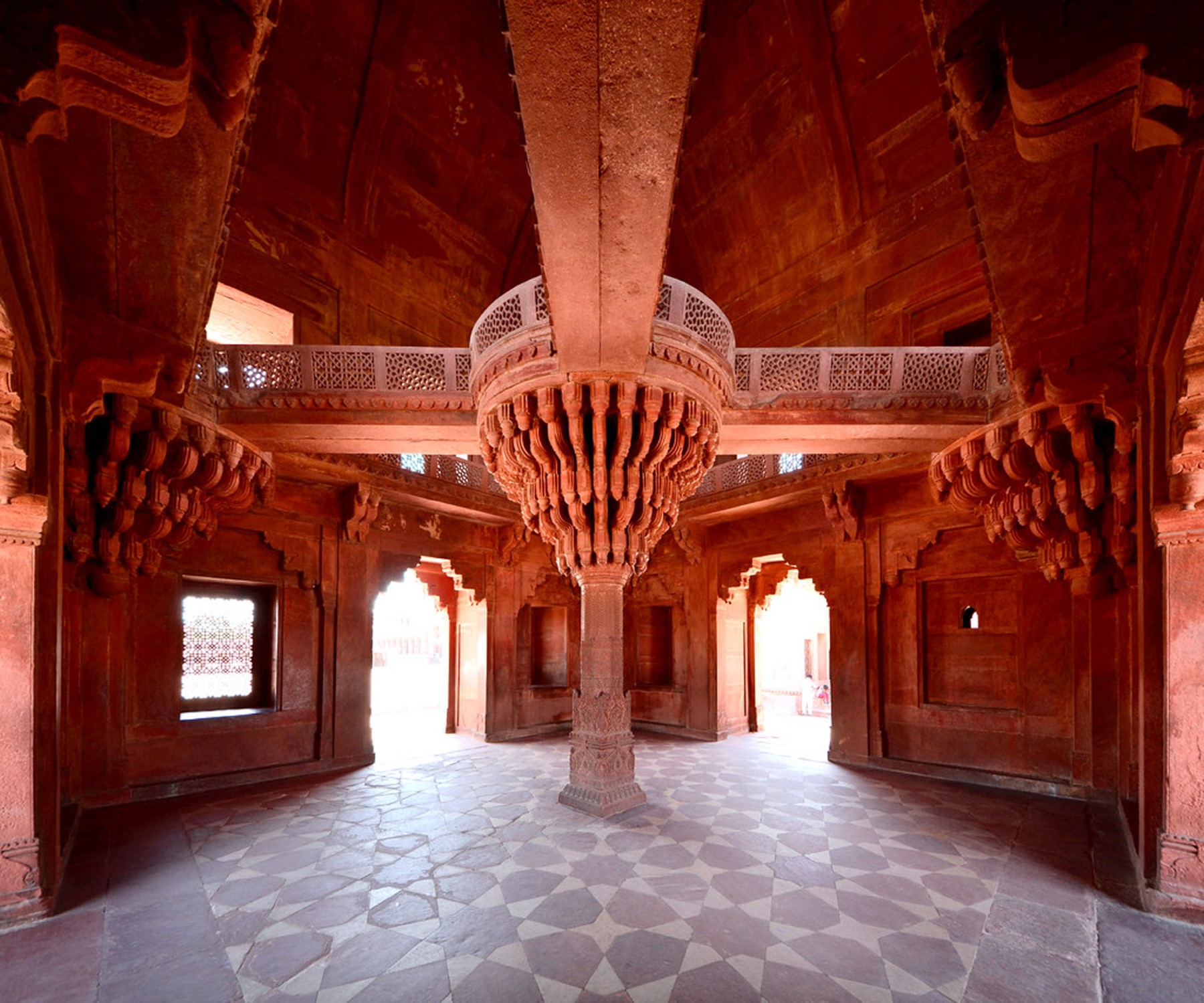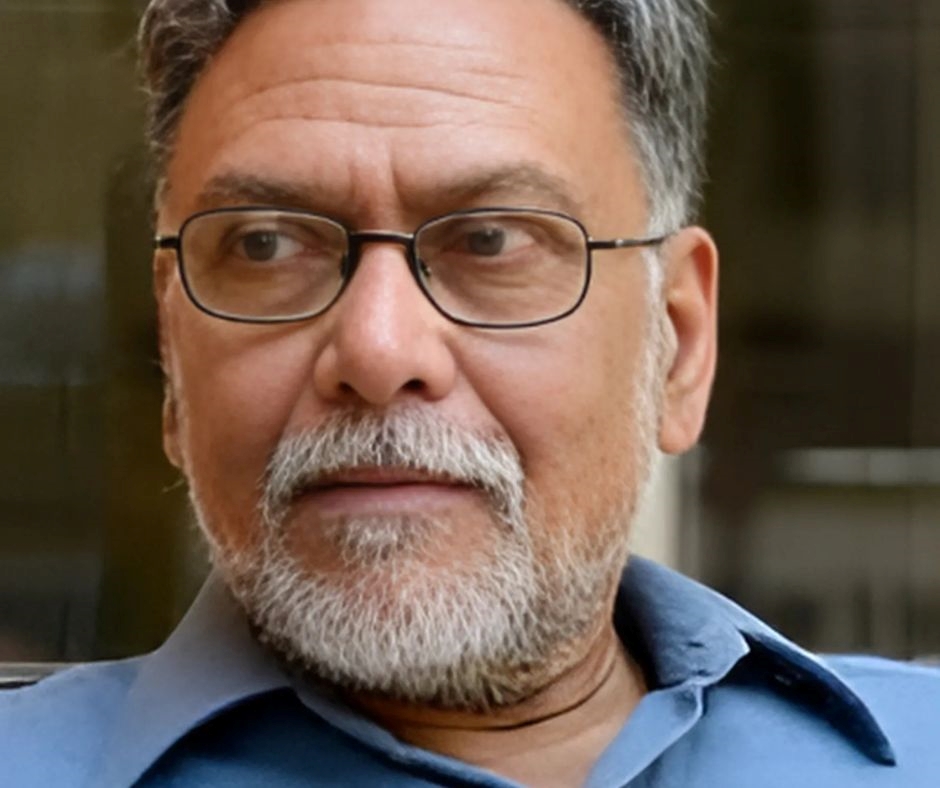“A man who concentrates before a work of art is absorbed by it. In contrast, the distracted mass absorbs the work of art. This is most obvious with regard to buildings. Architecture has always represented the prototype of a work of art the reception of which is consummated by a collectivity in a state of distraction.” – The Work of Art in the Age of Mechanical Reproduction, Walter Benjamin
With these words by the modernist German philosopher at the heart of her motivation, Kolkata-based architect Trisha Sarkar has created a series of illustrations documenting the iconic colonial architecture of the historic city. Simple yet evocative, her work captures prominent buildings in perspectives we are not often privy to, deconstructing a dense urban composition to basic spatial layouts.
“I visited a friend’s house after a long time and realised that I saw it from a very different perspective,” says Sarkar, explaining how the initiative – a personal venture – came about, “and immediately wanted to understand it better by documenting it. I am passionate about architectural documentation and drawings capturing the details, the intricacies that an architectural work embodies.”
“On learning this, a set of drawings were commissioned by the owner who yearned for a fresh perspective on a place she called home. This initiated the process of rediscovering certain prominent heritage structures in the city of Kolkata – the primary focus being their built form, and the history of their construction and growth over a period of time – and representing them through stylistic drawings.”
The rest of Sarkar’s illustrations delve deeper into the built form of her subjects, creating a valuable resource for posterity.
Wholly monochromatic, her stylistic choice is in tune with her objective, “Architectural education instilled in me the passion for documentation, and the use of Rotring. In my opinion, this traditional medium seemed appropriate to express the historically significant building styles and intricacies, and give a more hands-on feel with respect to the subject.”
Most of these buildings are red brick buildings; more often than not, the colour and monumentality gets overpowering. A crisp black-and-white medium simplifies as well as draws the focus effectively on certain details.
Sarkar’s work is as much commemorative as it is analytical; her illustrations range from impressionist sketches of building facades to detailed sections and views, an effort she describes as “architect’s impression of prominent public buildings in the city, and investigation into their use”.
“To most Calcuttans, these are buildings they must have visited time and time again,” Sarkar tells us, “The aim here is to encourage people to pause and look for the extraordinary in their ordinary lives.”
“While it is true that one begins to understand a building after he or she has spent a considerable amount of time in it, sometimes we become complacent of our built environment and take things for granted.”

